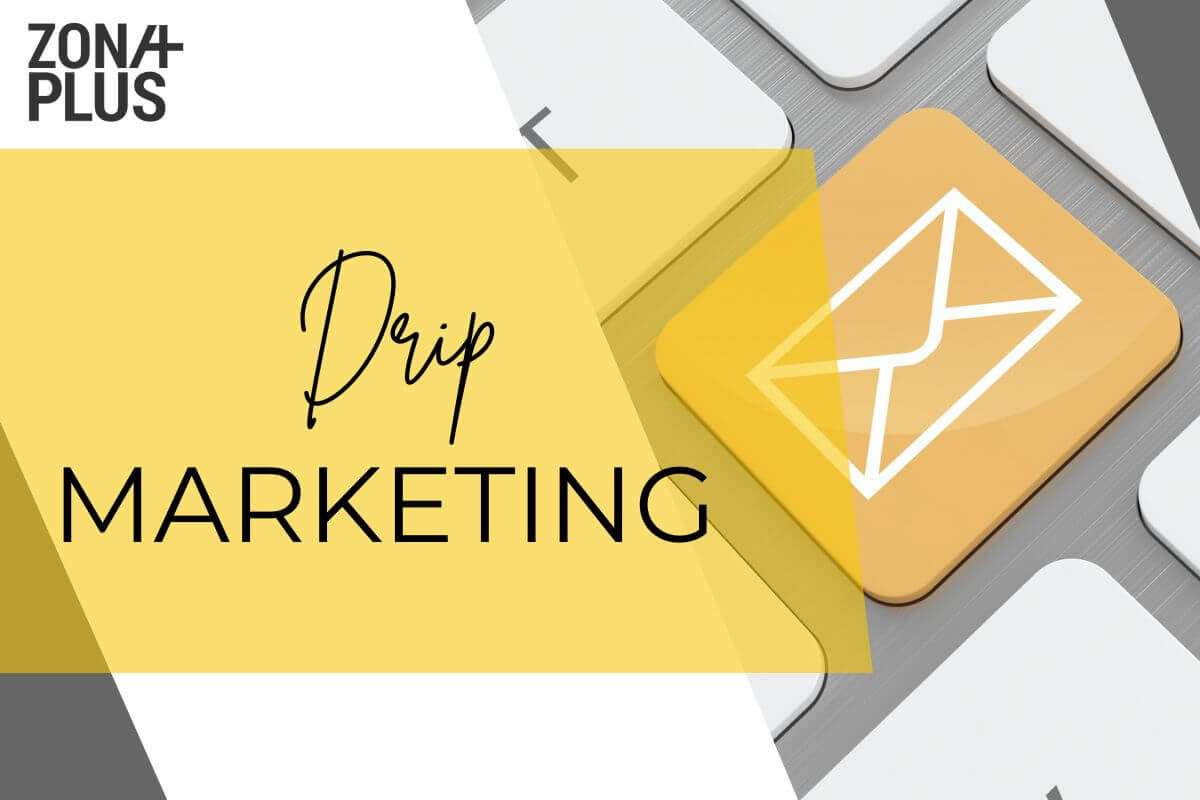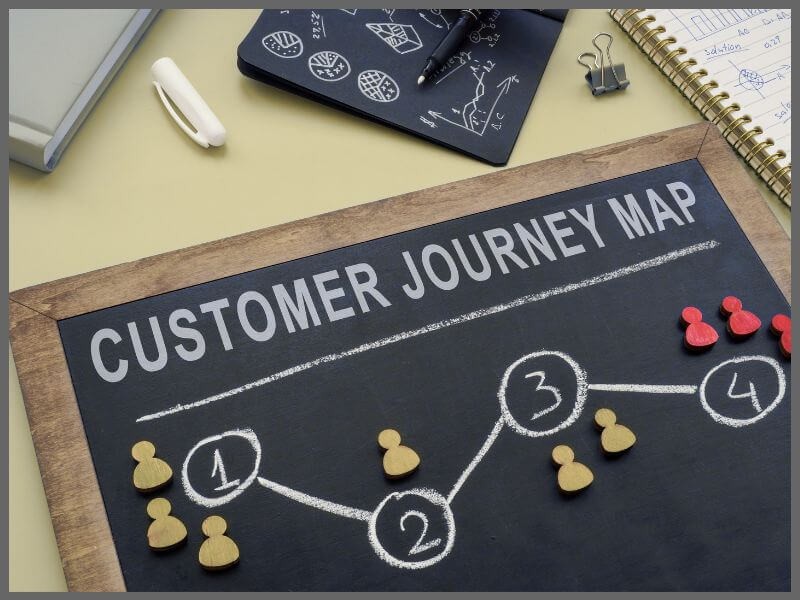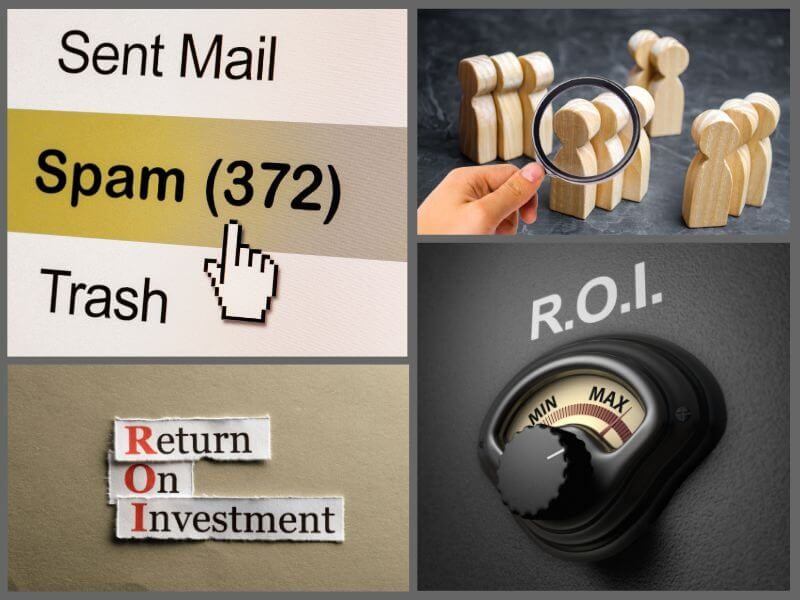
With drip marketing, you can send automatic, pre-written communications to prospects over time. This way you can nurture leads, retain engagement, and increase conversion rates. Seems like something that will help you redefine your business? Learn how drip marketing can keep your brand top-of-mind without overwhelming your customers.
Drip marketing is a strategy that implies sending a series of pre-written, automated messages to prospects or customers over time.
These messages, often emails, are "dripped" out to recipients based on specific triggers or schedules.
This technique allows businesses to nurture leads, maintain engagement, and ultimately drive conversions efficiently.

Life today is fast-paced, and work even more so. As a result, people's attention spans are shorter than ever.
Drip marketing addresses this challenge by breaking down information into more easily absorbable, manageable pieces.
At its core, drip marketing is an automated process that delivers information or promotional content to potential customers over a set period.
Drip marketing nurtures leads by providing valuable content at just the proper intervals. It's a methodical approach that keeps your brand top-of-mind without overwhelming your audience with information.
This technique keeps prospects engaged and builds a relationship of trust and reliability.
Drip marketing is a significant breakthrough for small and medium businesses. It gives them a proper chance to compete with larger companies by maintaining consistent and personalised communication with their audience.
Traditional marketing campaigns often involve a short-term or one-time blast of information for a broad audience.
While this can generate immediate attention, it often lacks the finesse needed to nurture leads over time.
Drip marketing, on the other hand, uses precision and timing. It delivers content sequentially that aligns with the recipient's customer journey, ensuring relevant and timely messages.
A drip campaign typically begins with a trigger – an action that signals the start of the drip sequence.
This could be anything from signing up for a newsletter to abandoning a shopping cart.
Once triggered, pre-written emails are sent out at predetermined intervals.
Each email in the sequence is designed to move the recipient further along the sales funnel, from awareness to consideration to decision.

Automation is the base of drip marketing. It allows businesses to set up campaigns that run on autopilot, ensuring messages are sent out at the right time without manual intervention.
Scheduling is equally important; it determines the frequency and timing of each email, ensuring recipients are engaged without feeling bombarded.
Effective drip marketing relies on understanding your audience.
Segmentation involves dividing your audience into distinct groups based on characteristics like demographics, behaviour, or purchase history.
Targeting allows you to adapt messages to each segment, making your communication more relevant and personalised.
Content is king in most of the marketing, which is the case in drip marketing.
Each message must provide value, whether informative, educational, or promotional.
Personalisation takes this further by shaping content to the recipient's preferences and behaviours.
This can be something simple, such as addressing the recipient by name or as complex as recommending products based on past purchases.
Drip marketing keeps your audience engaged over time by delivering relevant and timely content.
Each email serves as a touchpoint that strengthens the relationship between your brand and the recipient, increasing the likelihood of conversion.
Drip marketing is highly efficient at nurturing leads.
It guides prospects through the sales funnel, providing the information they need at each stage. This gradual approach builds trust and credibility, increasing the likelihood of leads converting into customers.
When done correctly, drip marketing can significantly boost conversion rates. By consistently providing value and addressing potential objections, drip campaigns help move prospects from consideration to decision, ultimately driving sales.

Before launching a drip campaign, you must define your goals.
Are you looking to increase brand awareness, nurture leads, or drive sales? Clear objectives will direct your strategy and enable you to evaluate your success.
Understanding the customer journey is vital to creating effective drip campaigns.
Map out your prospects' stages, from awareness to purchase, and design your drip sequence to align with this journey.
Each email should serve a specific purpose: educating, engaging, or convincing the recipient.
Drip marketing is not a set-it-and-forget-it strategy.
It is essential to analyse your campaign's performance regularly. Track metrics—open rates, click-through rates, and conversions—to identify what's working and what isn't. Use this data to adjust your campaign and improve results.

The biggest issue with email marketing is ensuring your messages actually reach the recipient's inbox. To avoid spam filters, use reputable email service providers, avoid spammy language, and ensure your emails are relevant and valuable.
Keeping your audience engaged over time requires continuous effort.
Regularly update your content, segment your audience, and use personalisation to maintain relevance.
Pay attention to feedback and adjust your strategy accordingly.
Measuring your drip campaigns' return on investment (ROI) is necessary.
Track key performance indicators (KPIs) like open rates, click-through rates, and conversions to check efficiency.
You must comply with data protection regulations, such as GDPR and CAN-SPAM.
Ensure you have explicit consent to email your recipients, provide easy unsubscribe options, and handle personal data responsibly.

Artificial intelligence (AI) and machine learning are seriously transforming drip marketing.
These technologies enable more sophisticated audience segmentation, predictive analytics, and more personalised content recommendations, enhancing the strength of campaigns.
While email remains a cornerstone of drip marketing, businesses increasingly use multiple channels to reach their audience. Integrating SMS, social media, and even direct mail into your drip campaigns can enhance engagement and reach.
As technology advances, personalising content at scale becomes more achievable. This means delivering highly relevant and personalised messages to large audiences, increasing engagement and conversion rates.
Drip marketing strategies are designed to focus on anticipating customer needs and behaviour.
With proper data and analytics, businesses can predict their audience's wants and deliver them proactively, creating a more seamless and satisfying customer experience.
Drip marketing is a powerful strategy that can transform how businesses communicate with their audience.
Drip campaigns nurture leads, increase engagement, and drive conversions by delivering relevant and personalised content.
As technology evolves, the potential for drip marketing will only grow, making it an inevitable tool for small and medium businesses.
Start implementing drip marketing today and see the difference it can make in your business.
Contact us if you need help implementing drip marketing correctly or just for advice on how to start.